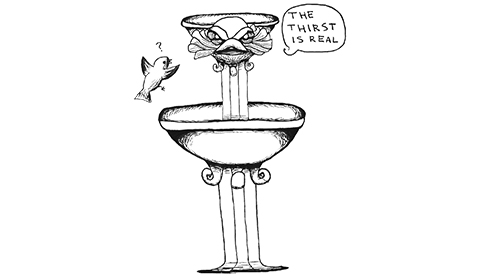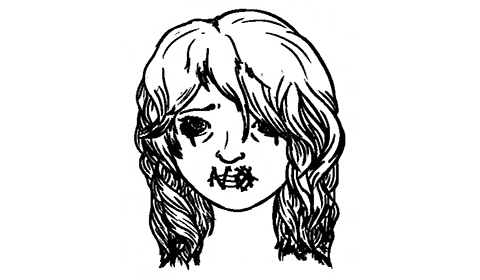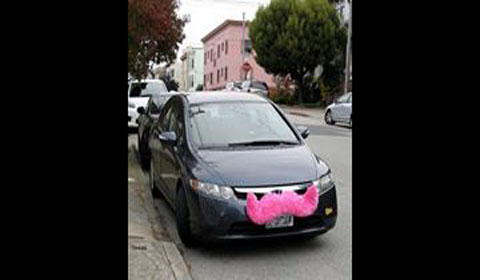In September 2013, a report released by the Institute of Medicine and the National Research Council and sponsored by the Office of Juvenile Justice and Delinquency Prevention at the U.S. Department of Justice explained that law enforcement officers and prosecutors should regard juvenile prostitutes as victims rather than criminals and that they should not be sentenced to time in prison or juvenile detention facilities. The report marks an enormous shift in how the public views child prostitution.
In 2013 the FBI declared a crackdown on child prostitution. After several raids for “Operation Cross Country,” a national move across 76 cities to uncover underaged victims of sex trafficking, the FBI discovered and released 105 children and arrested 150 pimps in July 2013. This sweep was the largest law enforcement action focused on minors forced into sexual slavery.
Nearly a year before, in November 2012, 81.1% of California voters voted for Proposition 35, which increased fines for a first time sex trafficking offense from $100,000 to $1.5 million and more than doubled the length of prison sentences. Furthermore, it required convicted traffickers to register as sex offenders, and those who traffic minors could face life sentences.
Foster children are especially vul- nerable to being traf- ficked. According to The Los Angeles Times, of the 174 ju- veniles arrested on prostitution-related charges in Los Ange- les County in 2010, 59% were in the foster care system. Co-Leader of Girls Go Global Ali Enright’14 said she’s learned from documentaries on sex traffick- ing and members of organizations that help survivors of trafficking that children brought up in the foster care system can feel as though they have no alternative to prostitution.
“At that point [foster children] feel like there’s no one else who’s been there for them thus far,” Enright said. “There is a huge lack of support for children in that sort of situation.”
Sex trafficking survivor Withelma “T” Ortiz Walker Pettigrew, who works on the Human Rights Project for Girls, explained in her written testimony for a sex trafficking hearing that foster parents often teach their foster children that they are simply a source of financial gain.
“These caregivers will make statements like, ‘You’re not my child. I don’t care what’s going on with you. As long as you’re not dead, I’ll continue to get my paycheck,’” Ortiz Walker Pettigrew wrote.
ABC News reported in October 2013 that a board member of the Human Rights Project for Girls said that the most consistent relationship she had as a foster child was with her pimp.
Enright noted that many people are unaware of the scale of the sex trafficking problem in the United States.
“People think the problem doesn’t exist, or that it’s a small group of people or that people that are sex trafficked are solely people from outside of the country,” Enright said.
According to a 2011 report by the FBI, “an estimated 293,000 American youths currently are at risk of be- coming victims of commercial sexual exploitation. The majority of these victims are runaway or thrown-away youths who live on the streets and become victims of prostitution.”
Because runaway youths are particularly vulnerable, according to New America Media, California Senate Bill 738, which was introduced in Sacramento in February 2013, would allow minors arrested on prostitution charges to enter the foster care system in order to “receive mental health and family support services, as opposed to being sent to jail.”
However, since both runaway youths and foster care youths are known to be vulnerable as victims of sex trafficking, organizations such as Covenant House, which “strives to be a voice for homeless kids,” notes on its website that, “If we want to end the trafficking and suffering of children, a good place to start is fixing foster care. The cynics aside, foster care can be fixed—there are plenty of examples across the United States of reform taking hold due to strong political investment, a compassion- ate and skilled workforce and bold leadership.”






